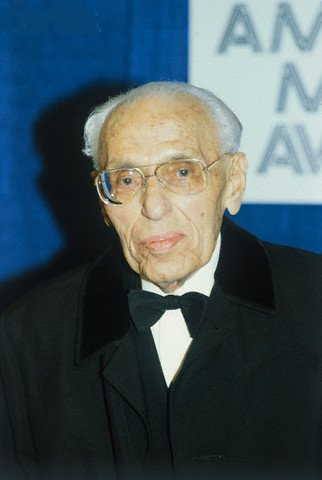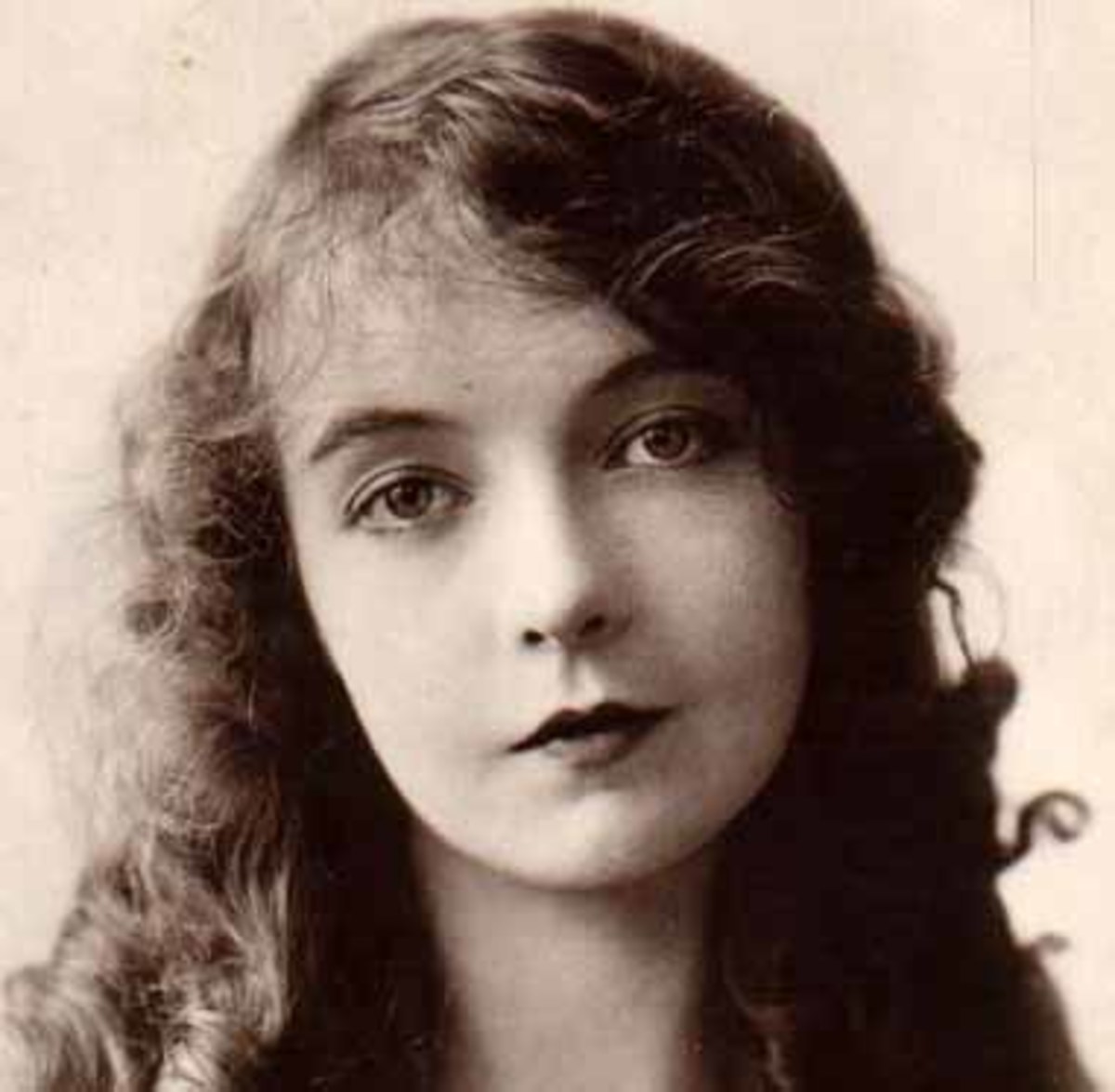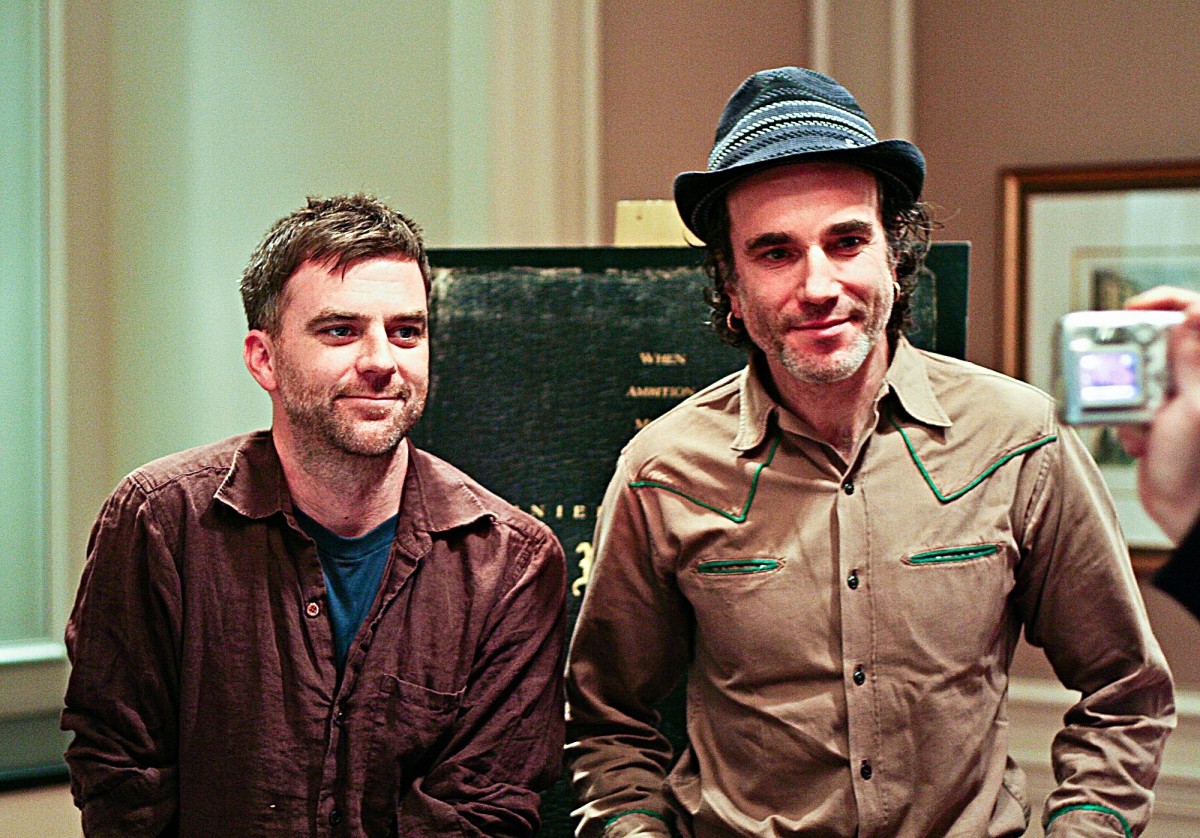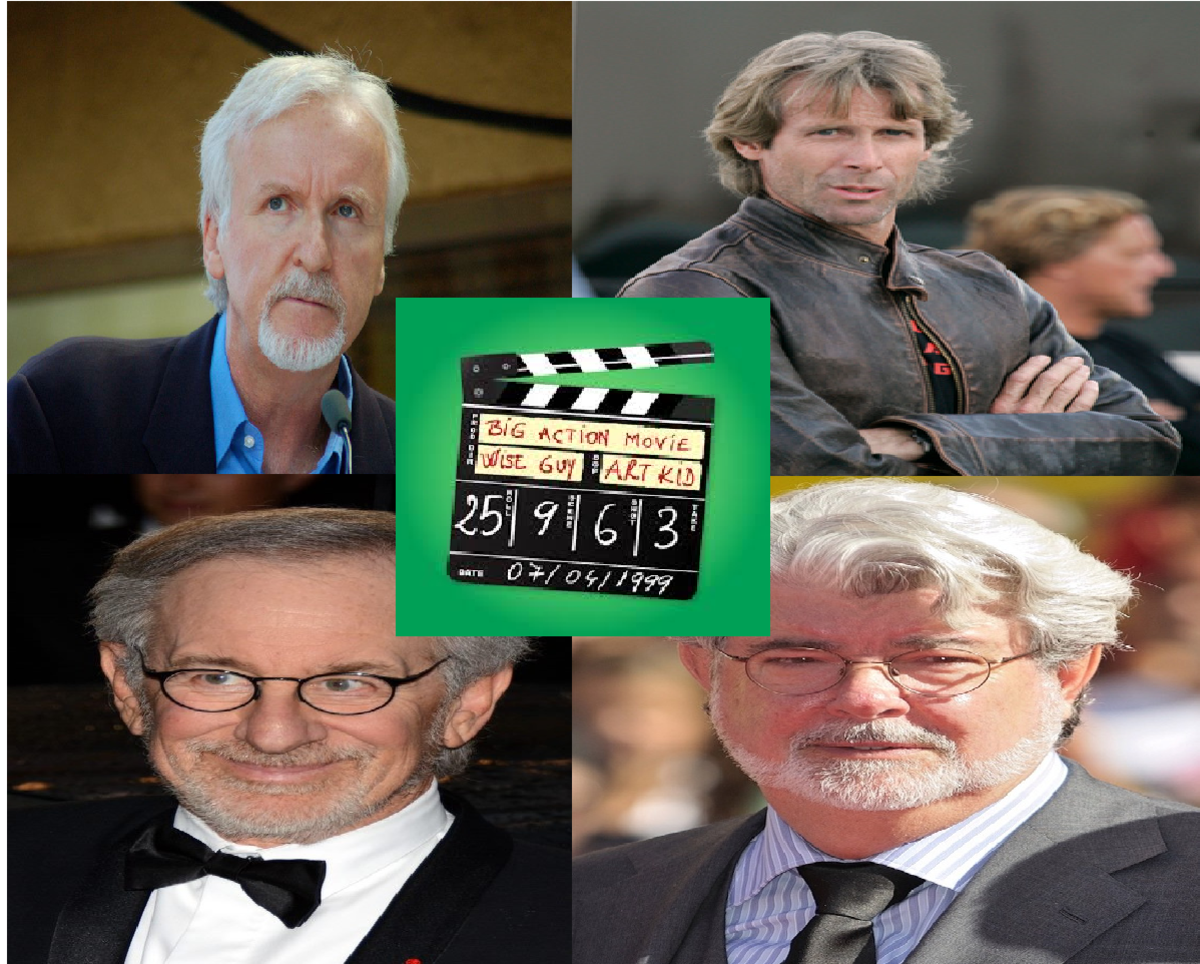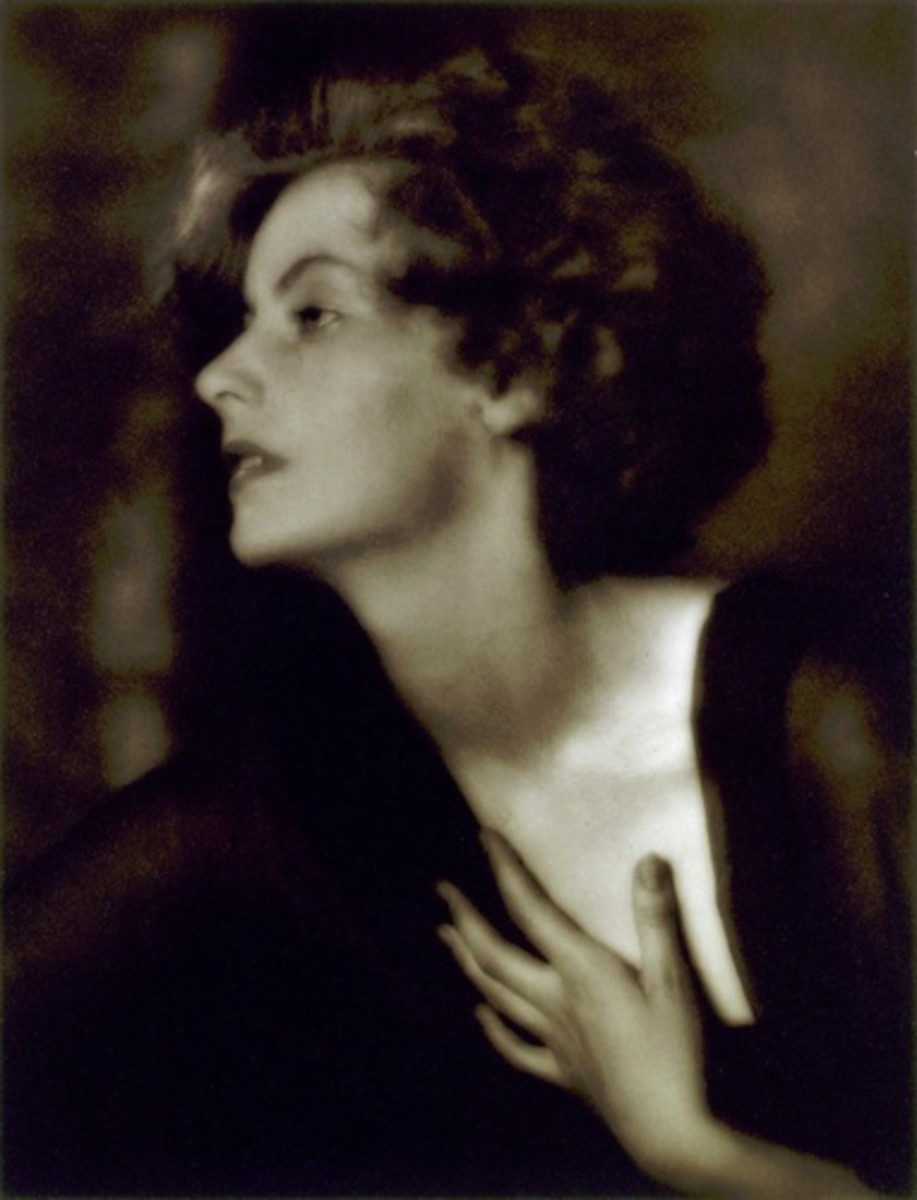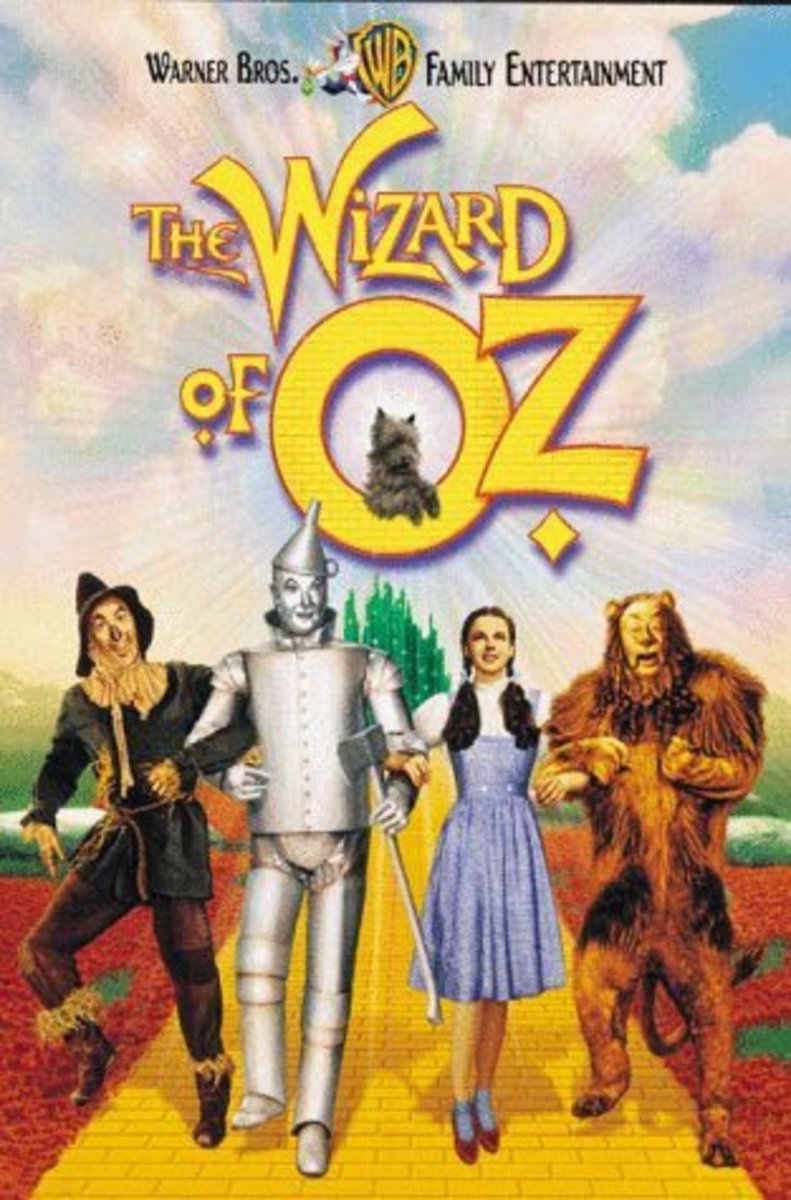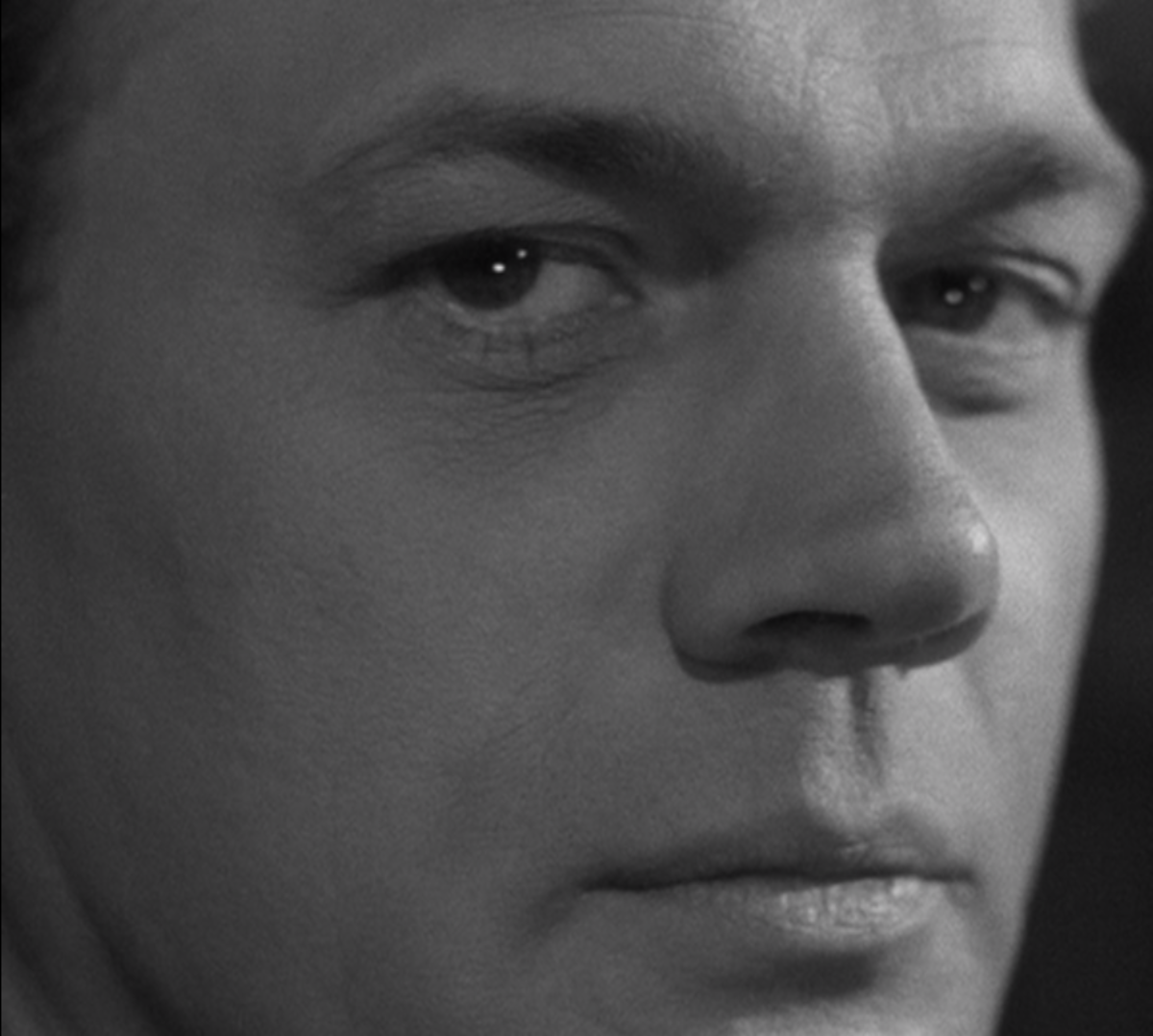George Cukor, Top Hollywood Golden Age Director
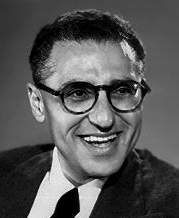
George Cukor
George Cukor was an American film director who made stylish, witty and elegant comedies and drama classics such as Camille, The Philadelphia Story, Adam's Rib, A Star is Born, and My Fair Lady. Throughout his long and productive career, he worked on prestige, often stage-derived productions with most of the important stars of the day and was responsible for many of the most popular and critically praised films of Hollywood's Golden Age.
He was nominated five times for Academy Awards for his directing and won once, in 1964, for My Fair Lady.
Early Days
George Cukor was born in New York City on July 7, 1899. His parents were Hungarian Jewish immigrants who worked in the legal profession. Cukor started acting in plays as a teenager and after undergoing military training, he became a stage assistant in Chicago in 1918, then returned to New York and was a stage manager on Broadway the following year.
A successful stage director during the late 1920s, working with top female stars of the period, including Jeanne Eagels and Ethel Barrymore, with the advent of Talkies he relocated to Hollywood as a dialogue coach on other directors' films, and filling other uncredited crew roles on such films as All Quiet on the Western Front.
Cukor: A Double Life
The Young Hollywood Director
Starting with 'Grumpy' with Cyril Gardner in 1930, he co-directed three films in total for Paramount Pictures before making his solo debut in 1931 with 'The Tarnished Lady'. That was followed the same year by 'Girls About Town', a comedy about women looking for men with money but who find true love instead.
Cukor's most creative period started in 1932 when he moved to the RKO studio and teamed up with producer David O. Selznick. In that year he directed Katharine Hepburn in her first film,' A Bill of Divorcement'. It was the start of a long association between the two and they would make eight further films together, the first of which was 'Little Women' in 1933. It was a box-office and critical success and Cukor won his first Academy Award nomination for his direction.
Very soon after this success Selznick and then Cukor moved to MGM Studios. their first collaboration there was 'Dinner at Eight', starring Jean Harlow in 1934, for which Cukor received another Oscar nomination. In the same year Cukor directed a film adaptation of the Charles Dickens novel 'David Copperfield'. It was described by The New York Times as "the most profoundly satisfying screen manipulation of a great novel that the camera has ever given us."
In 1936 Culor was again nominated for an Academy award for 'Romeo and Juliet' and the following year he directed the legendary Greta Garbo in a version of the Alexander Dumas drama, 'Camille'.
Cukor was by now a very famous director indeed and was being asked for by actors and in particular, actresses.
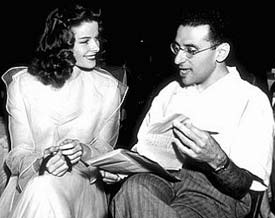
More Than 'A Woman's Director'
Cukor gained the reputation of being a 'woman's director', that is a director who was able to get the best possible performance from his women actresses but not necessarily from the male actors.
There seems to be no real reason behind this reputation.
Cukor was gay, certainly, one of the very few homosexual directors in Hollywood at that time, and he was, for whatever reason, able to coax some magnificent performances out of his female stars. His long professional and social relationship with Katharine Hepburn bears this out as does Joan Crawford's often stated insistence on working with him as often as possible, but he also achieved great success with the male actors whom he directed. It does appear that while the females responded to his well known personal charisma and wit, he had the ability to repeatedly elicit Oscar-winning performances both from them and the male actors as well.
Cukor always denied the "charge" of being a "woman's director." He correctly pointed out that more men than women had won Oscars for their work in his films.
'Gone With The Wind' and After
Cukor had been hired by Selznick to direct Gone with the Wind in 1936, even before the book was published and he spent the next two years involved with pre-production duties, as well as spending long hours coaching the film's female stars, Vivien Leigh and Olivia de Havilland. Cukor was fired due to disagreements with the film's producer, David O. Selznick. after less than three weeks of shooting, but continued to coach Leigh and De Havilland off the set.
It may have been his reputation as a "woman's director" (and homosexual) which lost him the job, when star Clark Gable allegedly said, "I won't be directed by a fairy." Or it could be Gable's fear that his own homosexual dalliance as a young man might be made public.
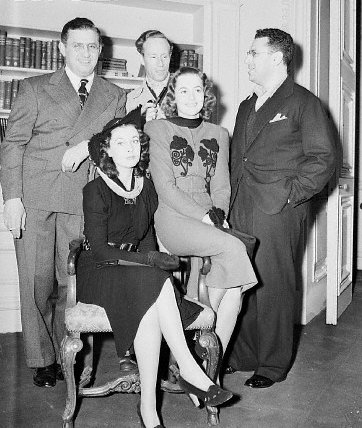
The
'Gone with the Wind' debacle happened only a month before 'The Women'
was scheduled to begin filming. Producer Hunt Stromberg enlisted
Cukor's services immediately upon his sudden availability. Cukor
successfully directed 'The Women' in 1939, and the film, notable for
its strong, all-female cast, is still popular to this day.
In 1942, Cukor enlisted--at the age of 43--in the Army Signal
Corps, where he directed training and propaganda films. He was
honorably discharged (because of his age) the following year.
Cukor made only a dozen films in the 1940s, but several were among his most famous and have remained perennial favorites. He directed Hepburn's comeback vehicle, "The Philadelphia Story" (1940), one of Joan Crawford's better performances, "A Woman's Face" (1941), Ingrid Bergman's Oscar-winning turn in "Gaslight" (1944) and the Tracy-Hepburn comedy "Adam's Rib".
During this period he also directed two
flops; "Two-Faced Woman" in 1941 which effectively finished Garbo's
career, and Norma Shearer's "Her Cardboard Lover" the following year.
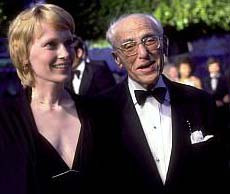
Final Years
In 1954, Cukor made his first film in color, A Star Is Born which featured an impressive come-back performance by Judy Garland. A decade later, Cukor won an Academy Award himself, for Best Director, for My Fair Lady (1964), for which Rex Harrison won a Best Actor Oscar too.
His output slowed in the 1970's but he was able to successfully reunite with Katharine Hepburn in for the television films Love Among the Ruins and The Corn Is Green.
He continued to work into his 80's and directed his last film, Rich and Famous with Candice Bergenin in 1981.
He died on January 24, 1983 at the age of 83. He was interred in the Forest Lawn Memorial Park Cemetery in Glendale, California.
George Cukor Reference Site
- George Cukor
A biography and filmography of George Cukor on Hollywood's Golden Age.com
The Men Who Made Hollywood
- Sam Goldwyn, Hollywood Pioneer
Sam Goldwyn was one of the most influential of the small group of rich, powerful men who controlled Hollywood during the Golden Age. His astonishing rags-to-riches story is that of a true pioneer, like a movie fantasy that came true. - Louis B Mayer of MGM, The Father of Hollywood
Louis B Mayer was a self-made man who rose from an apprenticeship at his father's scrap metal business in Canada to forge American cinema and become the highest paid corporate executive in the U.S. He became the first executive to earn a million-dol - Alfred Hitchcock, The Cold Water of Fear
Alfred Hitchcock directed more than fifty feature films and was the acknowledged master of the thriller. Hitchcock was among the most consistently successful and publicly recognizable world directors during his lifetime, and remains one of the best - Busby Berkeley, Imagination of Genius
Busby Berkeley was a movie director and innovator who had an incredible feel for movement on film. He created lavish dance numbers with elaborate set designs, using sometimes hundreds of dancing girls, weaving intricate geometric patterns and images.
A Lively Personal Life
Cukor was well known for his flamboyant personal life. During the heyday of Hollywood, his celebrated home was the site of weekly Sunday parties and his guests knew that they would always find interesting company, good food, and a beautiful atmosphere when they visited. Cukor's friends were of paramount importance to him and he kept his home filled with their photographs. Regular attendees at his soirees included Katharine Hepburn and Spencer Tracy, Joan Crawford and Douglas Fairbanks, Jr. , Lauren Bacall and Humphrey Bogart, Claudette Colbert, Marlene Dietrich, Laurence Olivier and Vivien Leigh, Richard Cromwell, Judy Garland, Noel Coward, Cole Porter, James Whale, Edith Head, and Norma Shearer, especially after the death of her first husband, Irving Thalberg.
In addition, Cukor's Sunday afternoon pool parties were legendary in the gay circles of Hollywood. During these parties, Cukor and his sophisticated friends would socialise with their boyfriends, who were often hustlers, rough trade, would-be actors, or ambitious artists and writers who saw these parties as entries into the high life.
During his Hollywood years, he and Cole Porter competed within the Hollywood gay elite, earning them the title "the rival Queens of Hollywood".
Summary
Cukor was undoubtedly one of the major directors of the Golden Age of Hollywood. The quality of his output, as well as the quantity, was formidable. One of his constant themes, echoing his own homosexuality in an heterosexual world, is of a dual existence, particularly that of an outsider or artist figure constantly at war with his or her own demons and the limits imposed by relationships and humdrum reality. He excelled at exploring the dramatic tensions between people’s outer and inner lives.
His work did develop and in his 1950's films, particularly 'The Marrying Kind' with Ruth Gordon in 1952 there is growing tendency to accept the harsh, sometimes squalid, realities of everyday life.
Nevertheless his legacy lies in his string of wonderful, sophisticated and witty movies, made over a long and fruitful career. He wasn't just a "woman's director", his work has immortalised him and made him a director for everyman.
